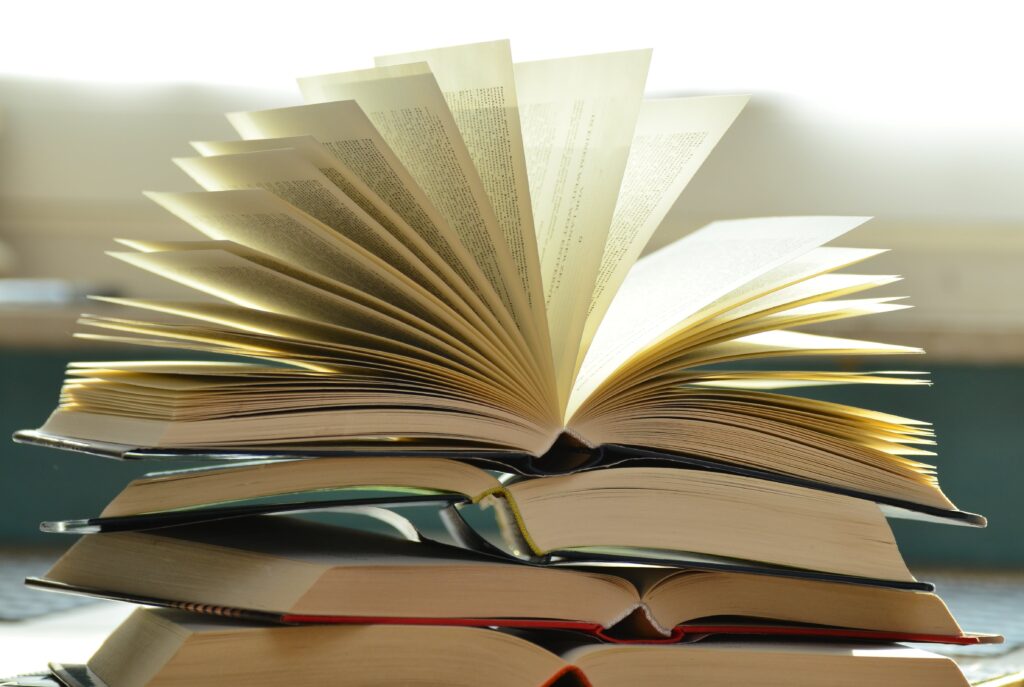The tenth week has just been finished of the Survey of American Literature class. We started the class by reviewing students’ essay written about American literary naturalism that we took up and analyzed on the previous week. American literary naturalism likes to write about the poor and the tremendous environment in which they are forced to live.
One of the naturalism writers, Stephen Crane (1871-1900), follows this formula to some extent, but he tended to use vivid color imagery effectively at the same time. In this point, he is also well-known as one of the great literary impressionists in the American literary scene. To start our tenth-week class, we argued over the possibility that Crane bridged the gap between naturalism and modernism because the latter (often called experimental literature) is characterized by the unique uses of color imagery that we can see in some of the works written by Crane.
In this stream of discussion, we read a short story picked up from a novel titled Winesburg, Ohio written by Sherwood Anderson (1876-1941), a modernist writer who had influenced many young American writers of the day. Modernists created stories or poems by using modernist techniques. We cannot pass Anderson’s novels without mentioning the key concept of “grotesqueness” or “what it is like to be grotesque.” They play an essential role as well as make Anderson’s literary world quite independent and unique, and they have much to do with the present-day term “inclusiveness” and “diversity.” The experience of reading Anderson may give us something to solve problems we face, together with the advance of globalism in the twenty-first century.
Next week we are going to discuss such modernist works as written by F. Scott FitzGerald and Ernest Hemingway, both of whom led the literary modernist movement in the early twentieth-century America.

